BILOXI — “There is no experience in the world like walking out on that stage — and you’re standing behind that massive red velvet curtain, and you hear that overture, and your cue is coming up,” said Anthony Kalberg, a longtime Mississippi Gulf Coast thespian.

He remembers his 1988 performance of “Cabaret” like it was yesterday –– how the orchestra reverberated off the walls, how the clamor of the audience followed his curtain call.
“I remember standing behind that red curtain, and that curtain slowly opens, and that spotlight hit me — ‘Willkommen, bienvenue, welcome!’ — and all of a sudden, I’m on,” Kalberg reminisced.
The Saenger Theatre — once known as the “Gem of the Gulf Coast” — opened in 1929 to show talking pictures. Over time, it became a hub for concerts, plays, operas, symphonies and magic shows.
But, in 2018, city officials deemed the building unsafe. Among other issues, the fly tower –– used to raise and lower scenery and lighting –– had developed serious cracks, and moisture had seeped into the walls through compromised brickwork. The structure, beloved by performers and audiences alike, was closed indefinitely.
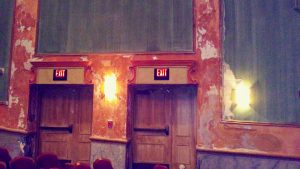
A delicate restoration
Today, the city of Biloxi is meticulously restoring the theater to its former grandeur, with plans to make it a modern performance venue while preserving its historic character.
“It seriously had some problems, so it was rebuilt,” said Biloxi Mayor Andrew “FoFo” Gilich. “The exterior envelope was sealed, and it took a number of years to get it there, and of course, the funding was a challenge also, but we’re comfortable that the envelope is secure and ready to move into the future.”
Since 2018, the city has spent about $5 million from city, state, federal and private funds to seal the building, restore its structural integrity and improve electrical and HVAC systems. Gilich estimates another $800,000 will go toward modernizing the space for today’s patrons.
Although the interior appears nearly finished, Gilich warned that historical restorations often come with surprises. No firm reopening date has been announced, but plans for upgraded audio-visual capabilities are already underway.
“We’re all in as far as the money,” Gilich said. “We know that what we want to wind up with a significant amount of audio-visual, and video walls and some of the technology today — it’s going to be top-notch.”
He said the city is “weeks away” from the bid process for that installation and has already tested some of the new equipment.
“It’s going to be an experience — it’s going to be a theater,” he said.
In the meantime, the city is moving on to a delicate restoration of the building’s interior, where its iconic floral motifs, including the neoclassical proscenium arch, steal the show.
A new, era-appropriate carpet will lead viewers to 862 restored red velvet seats from the theater’s 2001 renovation.
Geneva Dummer, who serves on the Greater Biloxi Economic Development Foundation board, said the city must remain committed to a technical overhaul if the theater is to attract quality productions.

“I think it should be done right because they’ve put so much money into it. It needs to be a premier space like it
was back in the day. It was great for the time — people would come to the Saenger, they would see a show there, and they would be really impressed,” Drummer said. “By the time it closed, people were not impressed. Every time we left a show, we were like, ‘Man, this old girl is falling apart.’”
Getting back on stage
For Rafe O’Neal, technical director of the WINGS Performing Arts program at Lynn Meadows Discovery Center in Gulfport, the Saenger is personal. His grandparents met there when it was still a movie house. He worked on the theater’s last major production — “Follies” in 2016 — and later drafted conceptual designs for future upgrades.
“The show is about the Ziegfeld Theater that’s about to be torn down. It was sort of apropos,” O’Neal said. “It’s sad to me, because a lot of the people that were in it are no longer with us, people that I’ve worked with here for years, and it’s my hope to do one more show there before I get too old to do it.”
O’Neal believes the Saenger’s future depends not just on technology but on restoring access to local performers.
“(The Saenger closure) killed a bunch of the groups that use the theater because they had no venue,” O’Neal said. “It’s going to have to all be brought back, and I don’t know how we’re going to do that.”
He explained that with high rental rates at other theaters, local nonprofit performing groups have struggled to find affordable spaces to perform since the Saenger’s closure.
When asked about pricing, Gilich said the city would prioritize local performing groups when determining future rental rates. While no details have been finalized, the city has explored the possibility of private management.
A community hub
The extended period without a large production at the Saenger has contributed to some indifference among the general public, O’Neal said.
Now, even surrounding casino theaters don’t hold daily shows — a vacuum that a renovated Saenger could easily fill using local talent.
“When you’re going to stuff there every weekend or every other weekend, it’s a part of your routine, and it’s a part of your life, and then you take it away, and it’s been such a long time now that we’re going to have to rebuild those relationships again,” O’Neal said.
O’Neal said the Saenger was once a center the Gulf Coast’s shared cultural identity –– something it could one day be again.
“The Saenger opened in January of ‘29, so there were only 10 months before the stock market crashed and the Great Depression set in. The building has stood through all these trials and tribulations,” O’Neal said. “Think about sitting in a room with 1,200 or 1,300 people watching the film of Pearl Harbor being bombed for the first time. Those shared experiences, you can’t put a price on. I think that’s one of the reasons why the Saenger is so endeared to the people of the Gulf Coast, is because of what it has stood for in good times and bad.”
For Kalberg, who is 73, the Saenger was a driver of community and a hub of shared memories. He still remembers where he and his parents sat during a 1962 showing of “The Bridge on the River Kwai,” and the roar of the crowd during his performances from 1976 to 2009.
“One of the most precious things to me is the memories of people that made me laugh, that gave me a good time, and that we enjoyed going out together. That is one thing — if I never darken the stage door ever again, I would have all of those memories,” Kalberg said. “If it reopened, I really think it would excite the local theater community … a younger generation would get to know the thrill of performing in that grand old theater.”


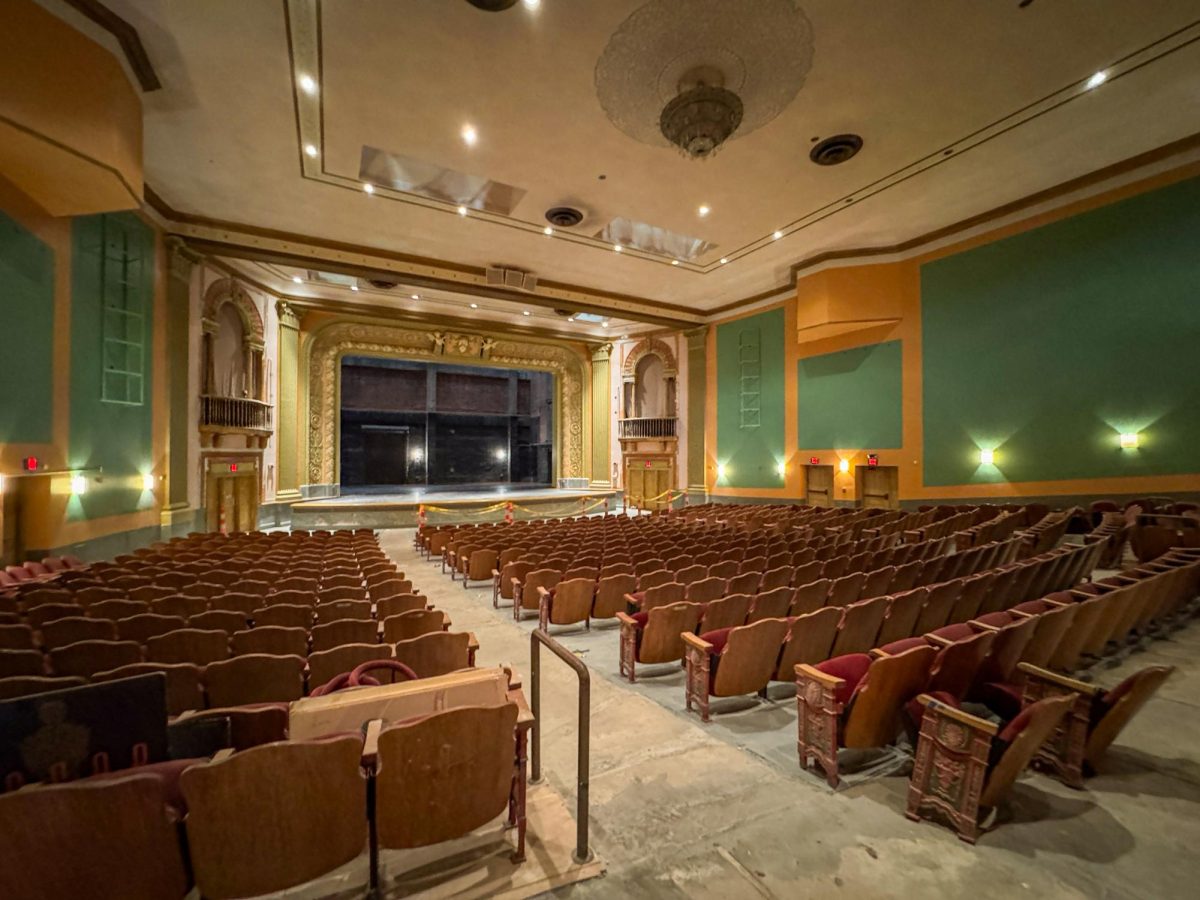
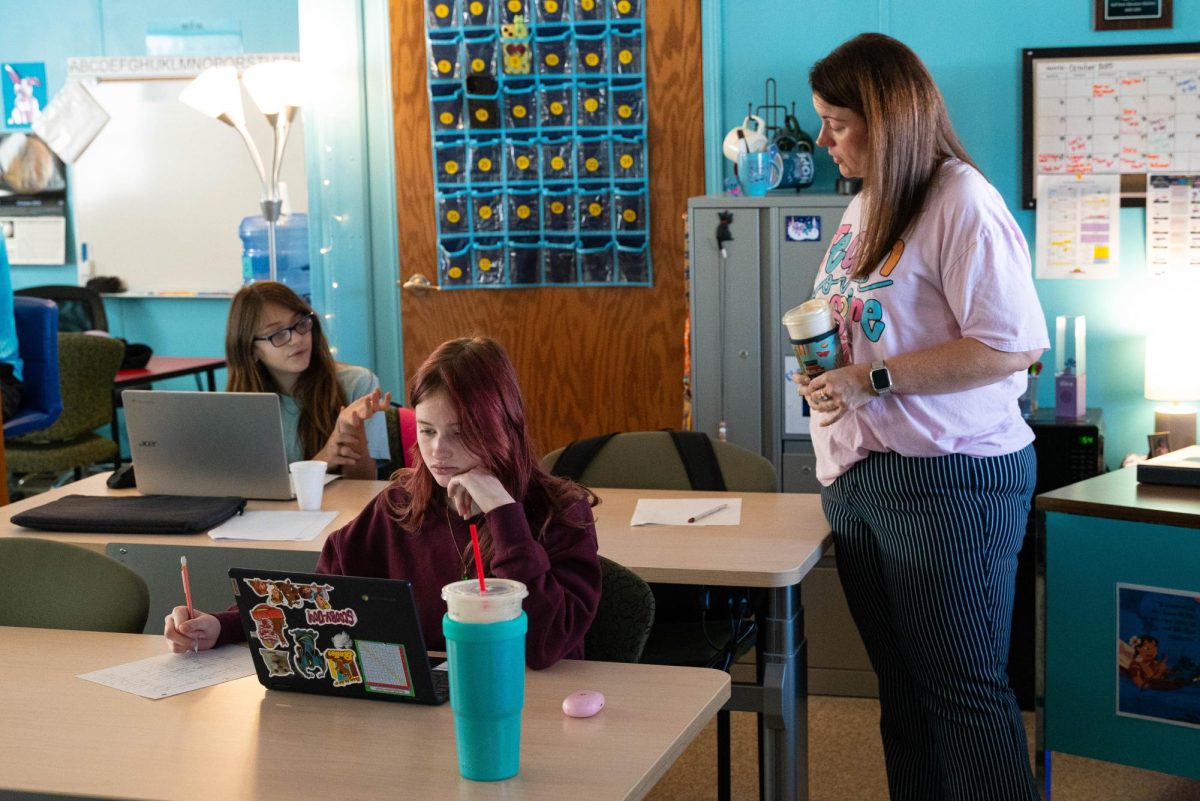

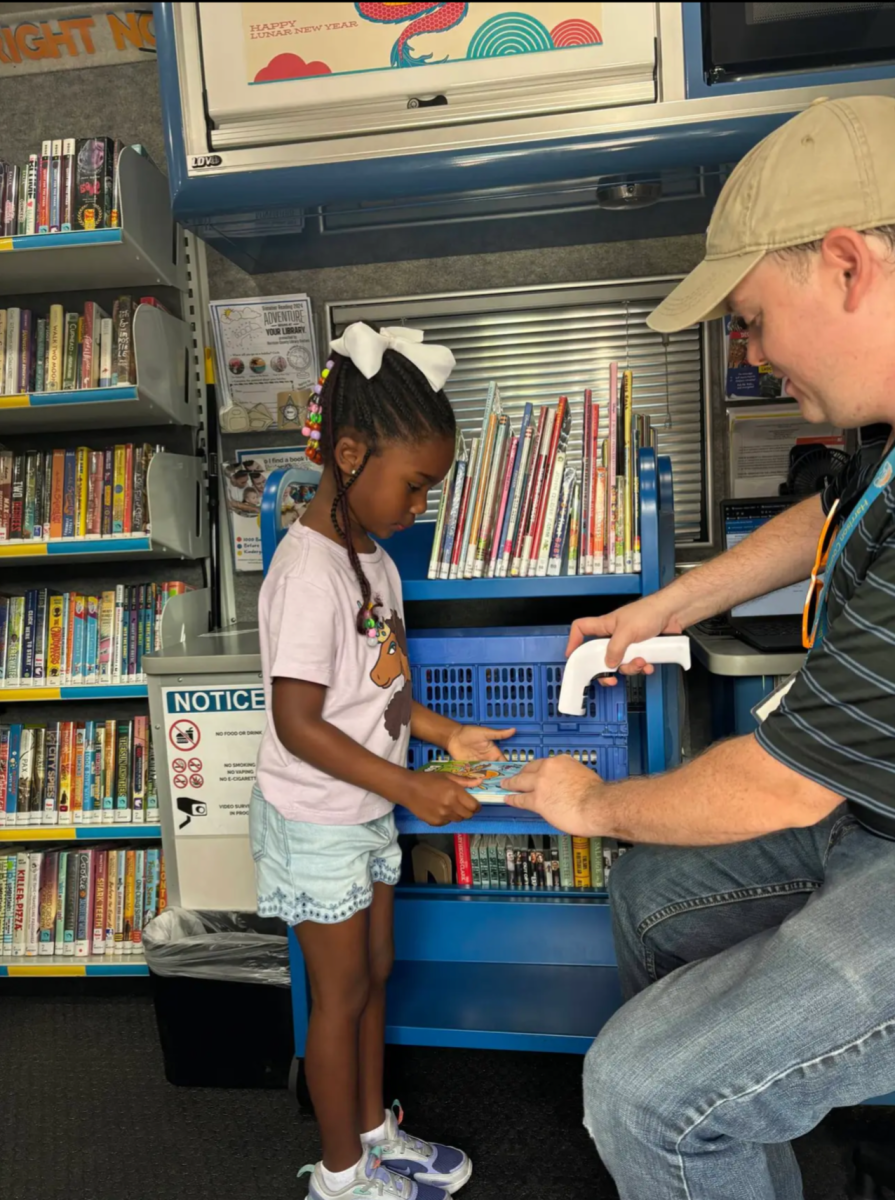
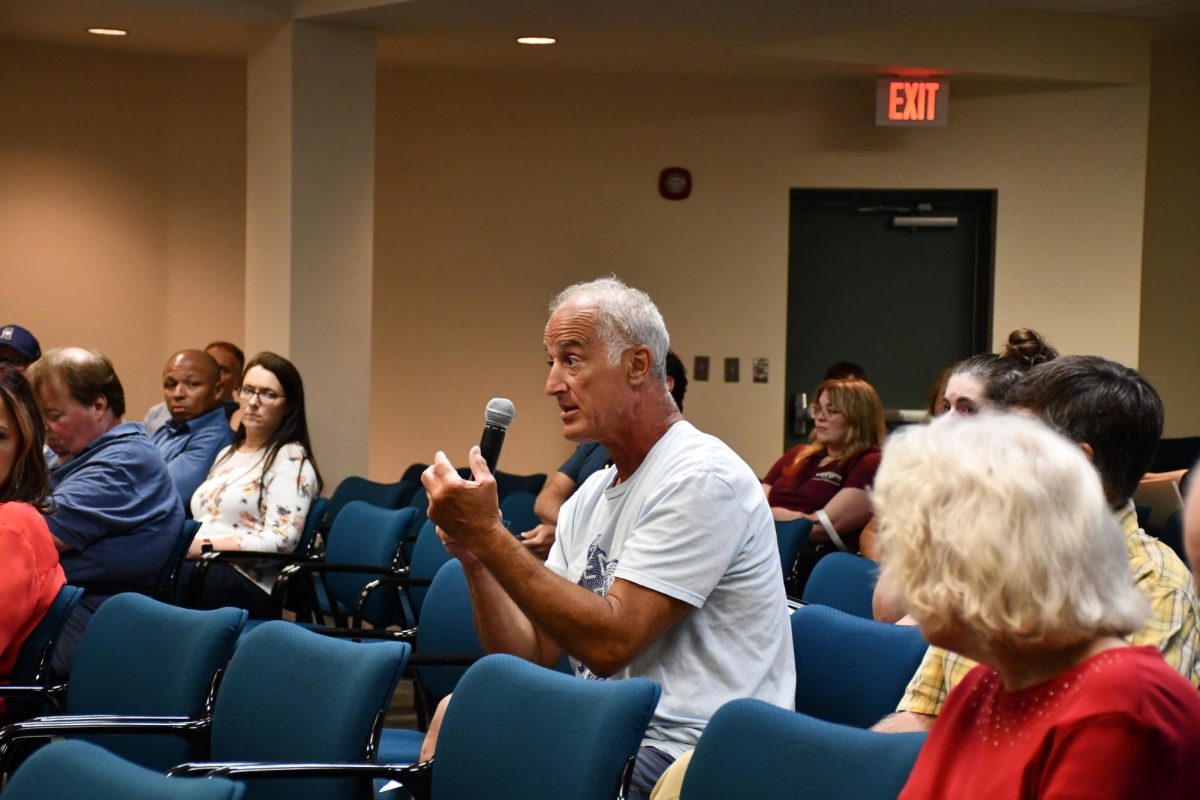


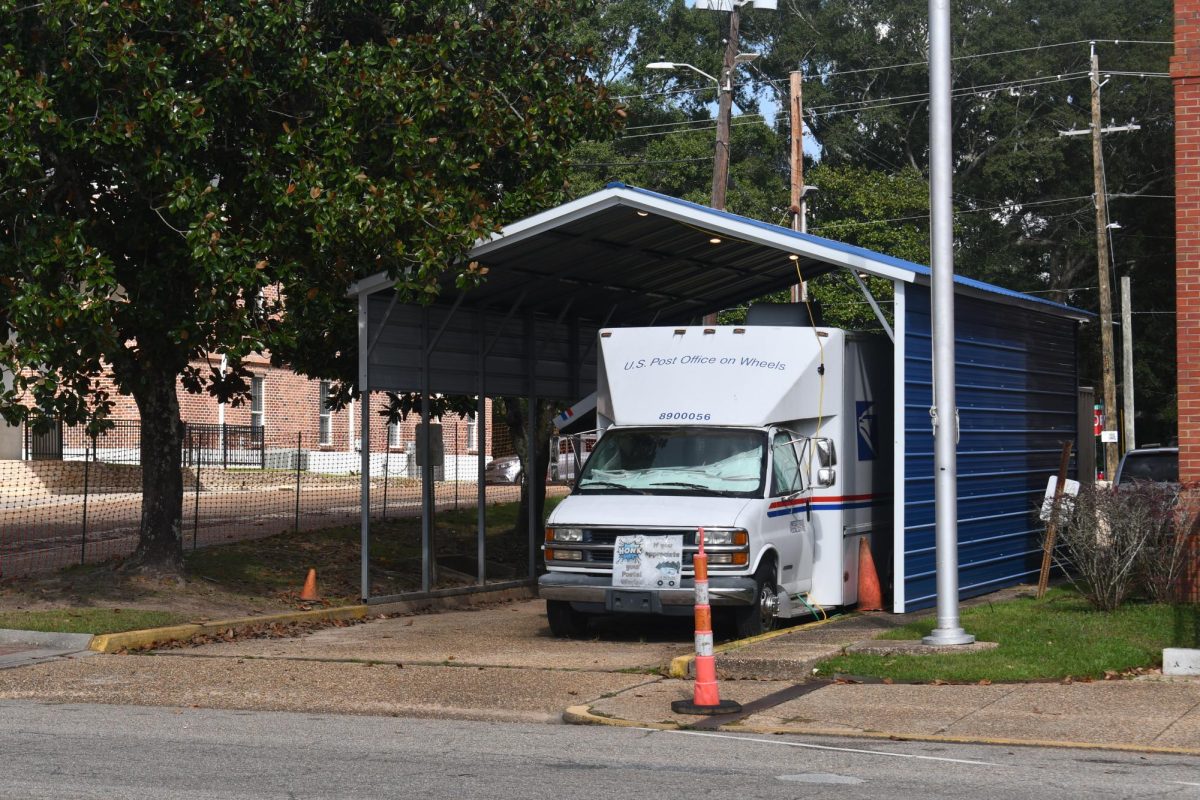
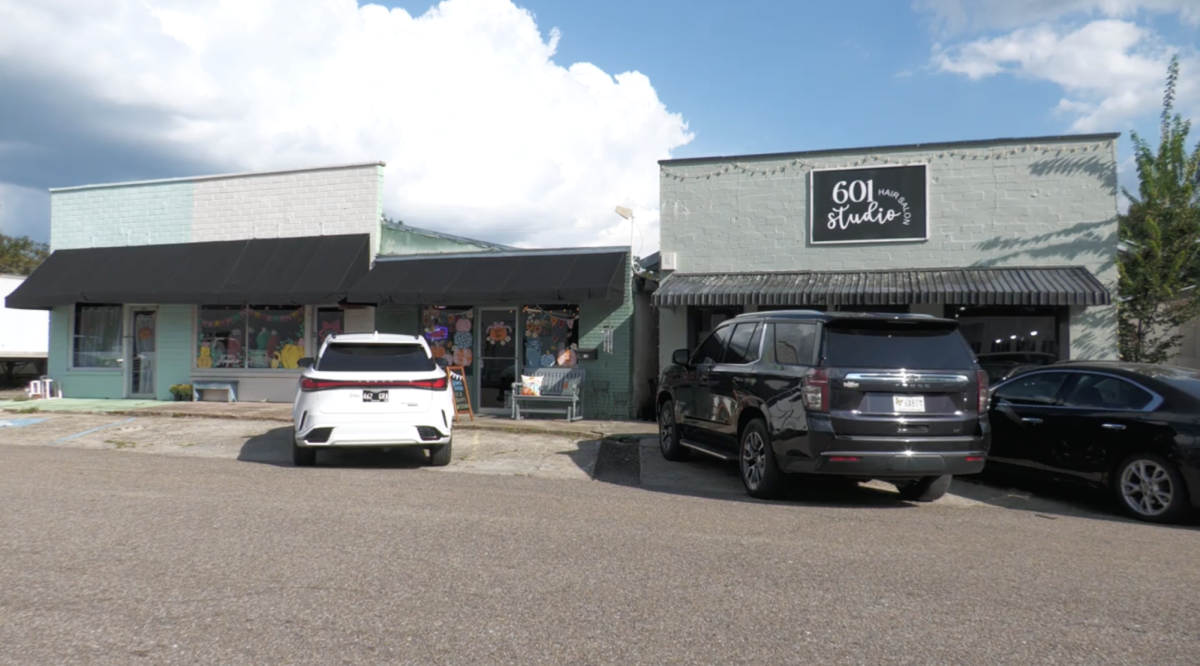



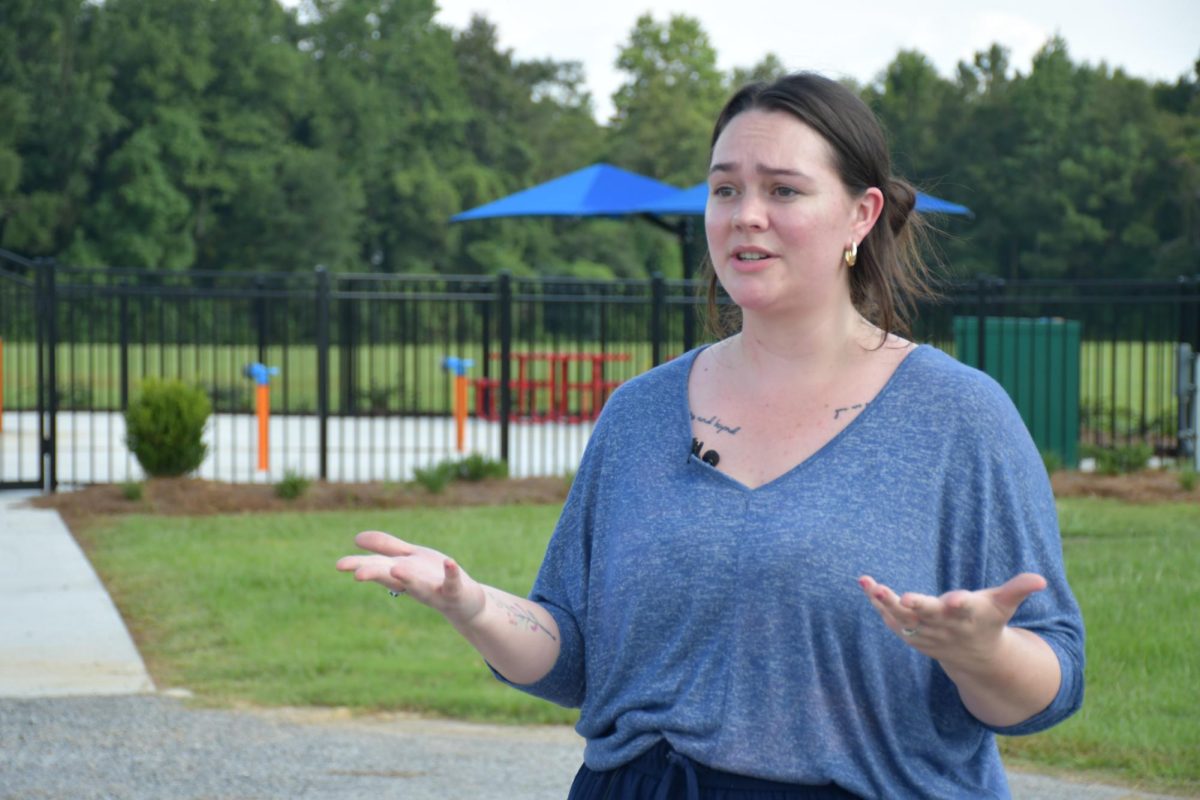


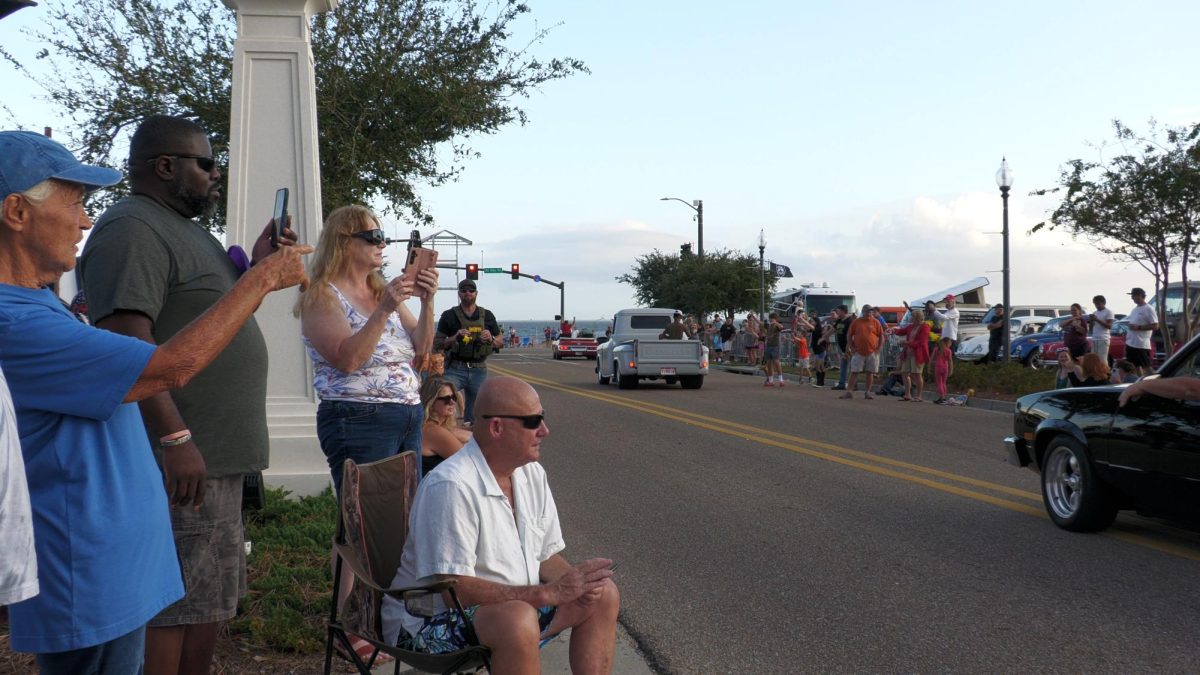
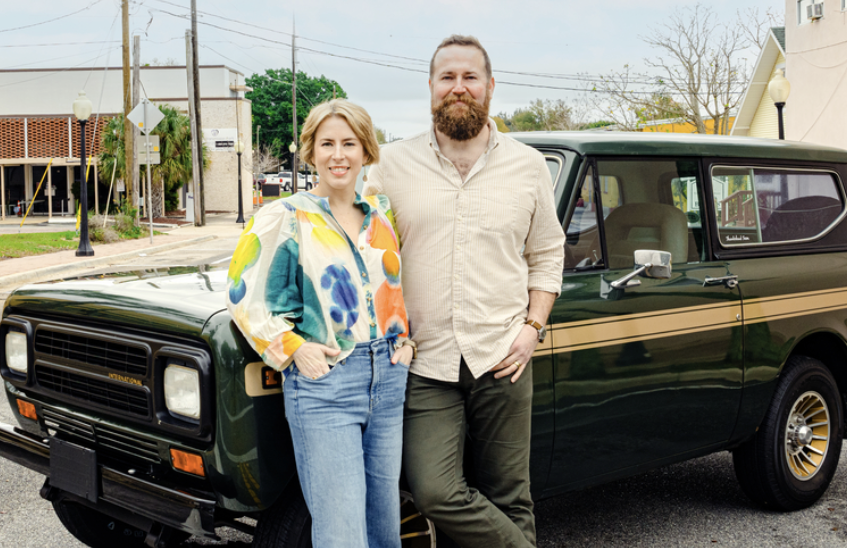







Rafe Oneal • Apr 14, 2025 at 4:08 PM
Actually, the seats pictured are not the original seats. What was left of the original 1929 seats were removed in the 2001 renovation and replaced with these reproductions.